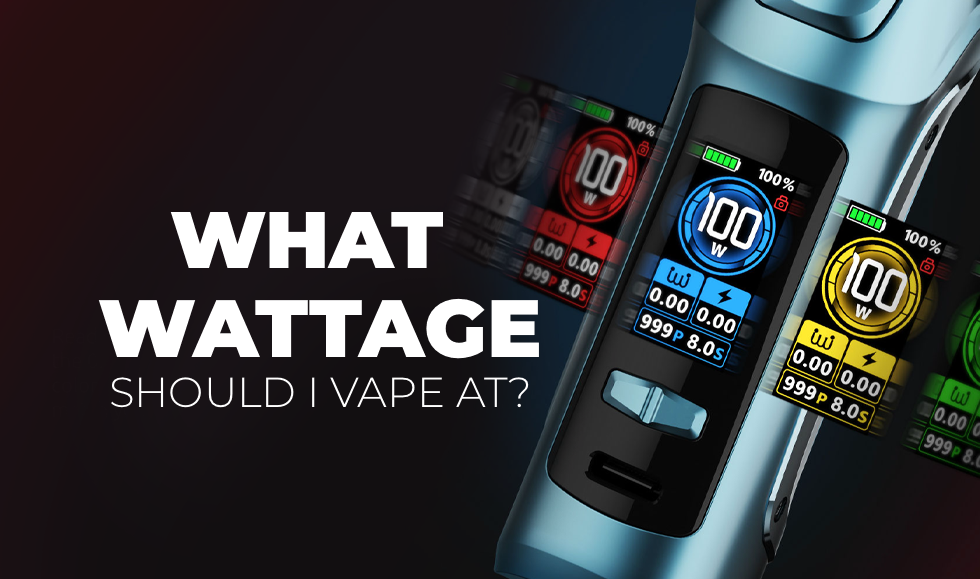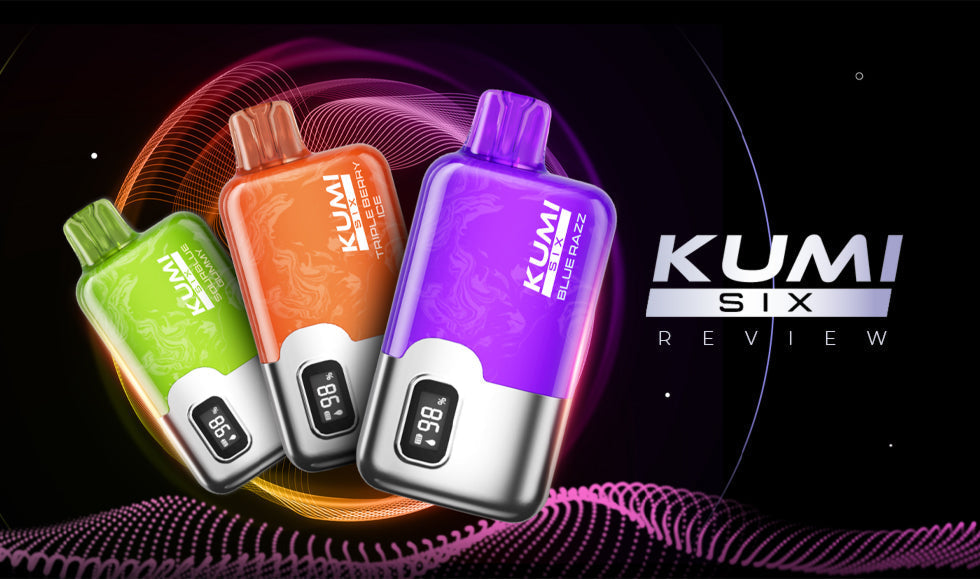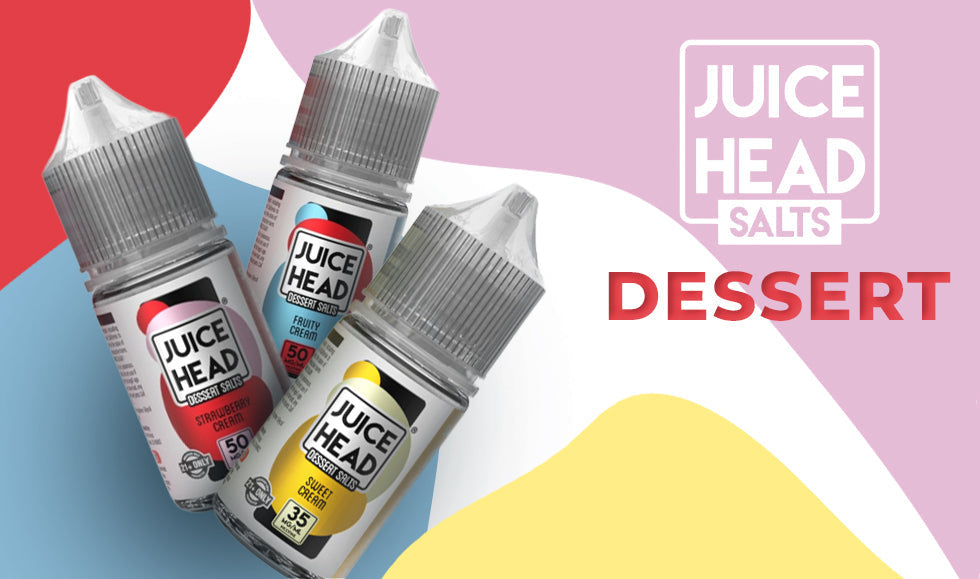The wattage you should vape at depends on several factors, including the type of vaping device you have, the resistance of your coil, your personal preferences, and the e-liquid you're using. We’ll be going over this with you here today, but keep in mind, there is no one-size-fits-all answer to the question of what wattage you should vape at. It's simply a matter of personal preference and depends on the device you’re using to vape with
What is Wattage in Vaping?
In vaping, wattage refers to the amount of power or electrical energy delivered to the heating element (usually a coil) in an electronic cigarette or vaping device. It's a crucial factor in determining the vapor production and overall vaping experience. Understanding and setting the right wattage is essential for achieving the desired flavor, vapor production, and throat hit in your vaping sessions.
- Heating the Coil: Vaping devices use a coil made of wire, typically made of materials like kanthal, stainless steel, or nickel. When you press the fire button, electricity flows through the coil, causing it to heat up. This heat is what turns the e-liquid into vapor.
- Adjusting Wattage: Many modern vaping devices, especially advanced mods, allow users to adjust the wattage output. You can typically do this using buttons or a menu system on the device. By changing the wattage, you can control how hot the coil gets and how quickly it heats up.
Effects on Vaping Experience:
- Flavor: Lower wattages tend to produce cooler vapor, which can enhance the flavor of your e-liquid. If you vape at too high a wattage, it can sometimes result in a burnt or muted flavor.
- Vapor Production: Higher wattages generate more heat, which leads to increased vapor production. Cloud-chasing enthusiasts often prefer higher wattages for denser clouds.
- Throat Hit: Wattage can also affect the throat hit you experience. Higher wattages can provide a stronger throat hit, which is desirable for some users who want a sensation similar to smoking traditional cigarettes.
- Coil Resistance: The resistance of the coil (measured in ohms) also plays a role. Different coils have different recommended wattage ranges, and it's important to stay within these ranges for safety and optimal performance. Using a wattage too far above or below the coil's recommended range can lead to problems like dry hits or a burnt coil.
- Battery Life: Higher wattages consume more power, which means your battery will drain more quickly at higher wattage settings. It's important to have a device with a battery capacity that suits your vaping style.
How to Find the Right Wattage for a Vape Coil
Finding the right wattage for a vape coil is crucial for a satisfying vaping experience that balances flavor, vapor production, and the lifespan of your coil. Here's a step-by-step guide to help you determine the appropriate wattage for your vape coil:
- Check Coil Specifications: Start by checking the specifications of your vape coil. This information is typically printed on the coil or its packaging. Look for details such as the recommended wattage range and coil resistance (measured in ohms).
- Understand Coil Resistance: Coil resistance is a key factor in determining the appropriate wattage. In general, lower resistance coils (measured in ohms) require more power (wattage) to produce vapor, while higher resistance coils require less power.
- Low-resistance coils (e.g., 0.1-0.5 ohms): These coils are typically used for sub-ohm vaping and require higher wattages (30-150W or more) for optimal performance. They produce larger clouds and more intense flavor.
- Medium-resistance coils (e.g., 0.6-1.0 ohms): These coils are often used for direct-to-lung (DTL) vaping and require moderate wattages (20-80W). They provide a good balance of vapor production and flavor.
- High-resistance coils (e.g., 1.2-2.5 ohms): These coils are commonly used for mouth-to-lung (MTL) vaping and require lower wattages (10-30W). They are known for their smoother, less intense throat hit, and are often preferred by those transitioning from smoking.
- Start in the Lower Range: Begin vaping at the lower end of the recommended wattage range provided by the coil manufacturer. This allows you to assess the flavor and vapor production without risking a burnt taste or damaging the coil.
- Adjust Wattage Gradually: Gradually increase the wattage in small increments (5-10W at a time) while taking short puffs. Continue to do so until you find the wattage level that provides the best balance of flavor, vapor, and throat hit without any dry or burnt taste.
- Pay Attention to Vapor Production and Flavor: As you adjust the wattage, pay close attention to the vapor production and flavor. The sweet spot is where you achieve the desired taste and cloud production.
- Watch for Signs of Overheating: Be cautious not to exceed the maximum recommended wattage for your coil, as this can lead to overheating and damage. Signs of overheating include a burnt taste, a hot vape, or a burnt smell.
- Account for Personal Preferences: Your ideal wattage may vary depending on personal preferences, e-liquid viscosity, and the type of vape tank or atomizer you are using. Experiment to find the wattage that suits you best.
- Keep That Coil Primed: Always ensure your coil is properly primed with e-liquid before vaping to prevent dry hits and coil damage.
What Can Happen if Your Vape Device’s Wattage Is Too High?
Using a vape device at wattages that are too high for the specific coil and e-liquid you're vaping with could lead to several potential problems and risks, such as:
- Burnt Taste: The most common and immediate issue is a burnt taste. When the wattage is too high, the coil can become overheated, causing the e-liquid to burn rather than vaporize properly. This results in a harsh, unpleasant taste.
- Coil Damage: High wattages can cause the coil to overheat, leading to premature coil burnout. Coils have a limited lifespan, and vaping at high wattages can significantly reduce their longevity. Replacing coils frequently can become expensive.
- E-Liquid Consumption: Higher wattages vaporize e-liquid more quickly, meaning you will go through e-liquid faster. This can add to the cost of vaping, as e-liquids aren't exactly cheap.
- Throat Irritation: Vaping at excessively high wattages can produce harsh, hot vapor that can irritate the throat and lead to discomfort or even coughing.
- Battery Drain: High wattages put more strain on your vape device's battery, causing it to drain faster. You may need to recharge or replace your batteries more often.
- Reduced Flavor: Overpowering your coil with high wattages can result in reduced flavor quality, as the e-liquid may not vaporize properly to deliver the full flavor profile.
- Safety Risks: In extreme cases, using wattages that are far too high for your coil and battery combination can lead to safety issues. This includes the risk of battery overheating or even venting (explosion or leakage), especially if you're using a mechanical mod without built-in safety features.
Your Preferred Vaping Style
Ultimately, finding the right wattage for your vaping preference may require some experimentation. Start within the recommended wattage range for your coil, and then adjust up or down until you find the sweet spot that delivers the flavor, vapor, and throat hit you desire. Additionally, take safety precautions, like ensuring your vaping device can handle the wattage you're using, and never exceed the recommended wattage range for your coil to avoid safety issues and coil damage.
Here are some common vaping wattage styles:
- Low Wattage Vaping: This usually entails using lower wattage settings, often below 20 watts. Low wattage vaping is associated with mouth-to-lung (MTL) vaping, where the vapor is drawn into the mouth before inhaling it into the lungs. It's popular among those who want a vaping experience that mimics smoking traditional cigarettes.
- Medium Wattage Vaping: Settings ordinary, ranging from 20 to 40 watts. This is a versatile range that can accommodate both MTL and direct-to-lung (DTL) vaping styles. It offers a balance between flavor and vapor production.
- High Wattage Vaping: Typically involves wattage settings above 40 watts, often going well over 100 watts for advanced sub-ohm setups. High wattage vaping is associated with DTL vaping, where users inhale vapor directly into their lungs. This style is known for producing large clouds of vapor and intense flavor.
- Temperature Control (TC) Vaping: Some advanced vaping devices offer temperature control settings. With TC vaping, you can set a specific temperature for your coil, and the device will adjust the wattage to maintain that temperature. This can help prevent dry hits and provide a consistent vaping experience.
- Variable Wattage (VW) Mode: Many modern vaping devices have variable wattage settings, allowing users to adjust the wattage to their liking. VW mode gives vapers flexibility to experiment and find their preferred wattage level for a specific e-liquid or coil.





